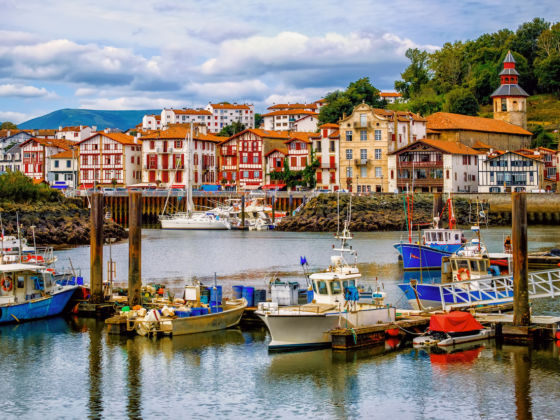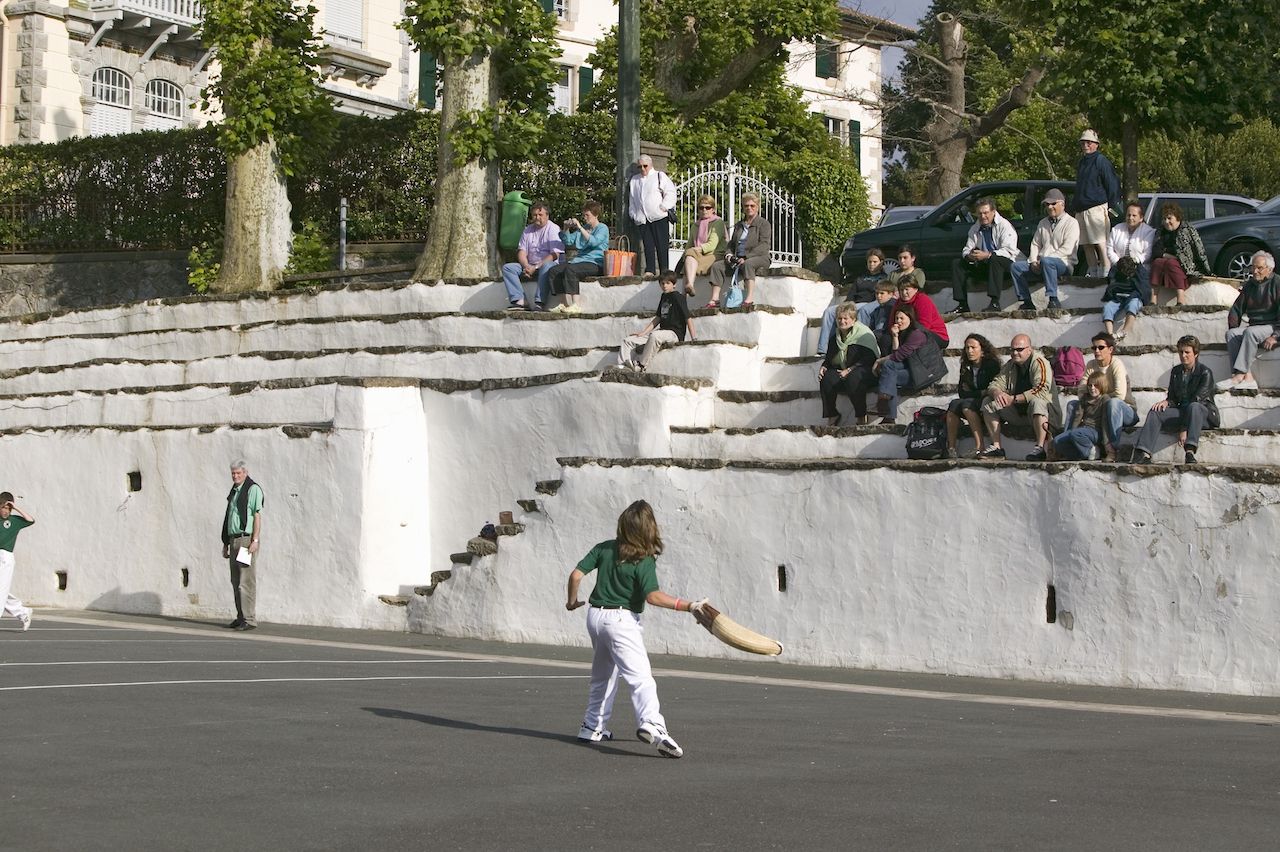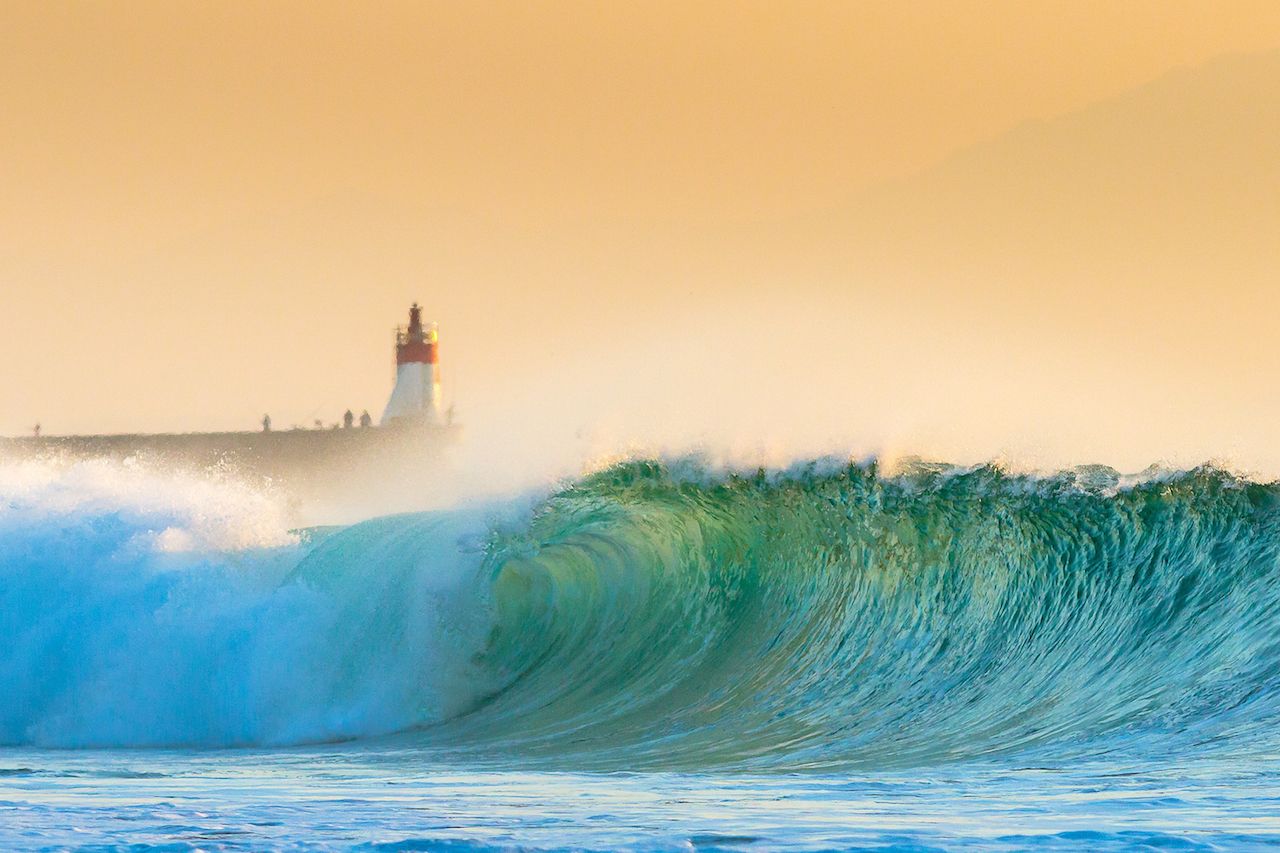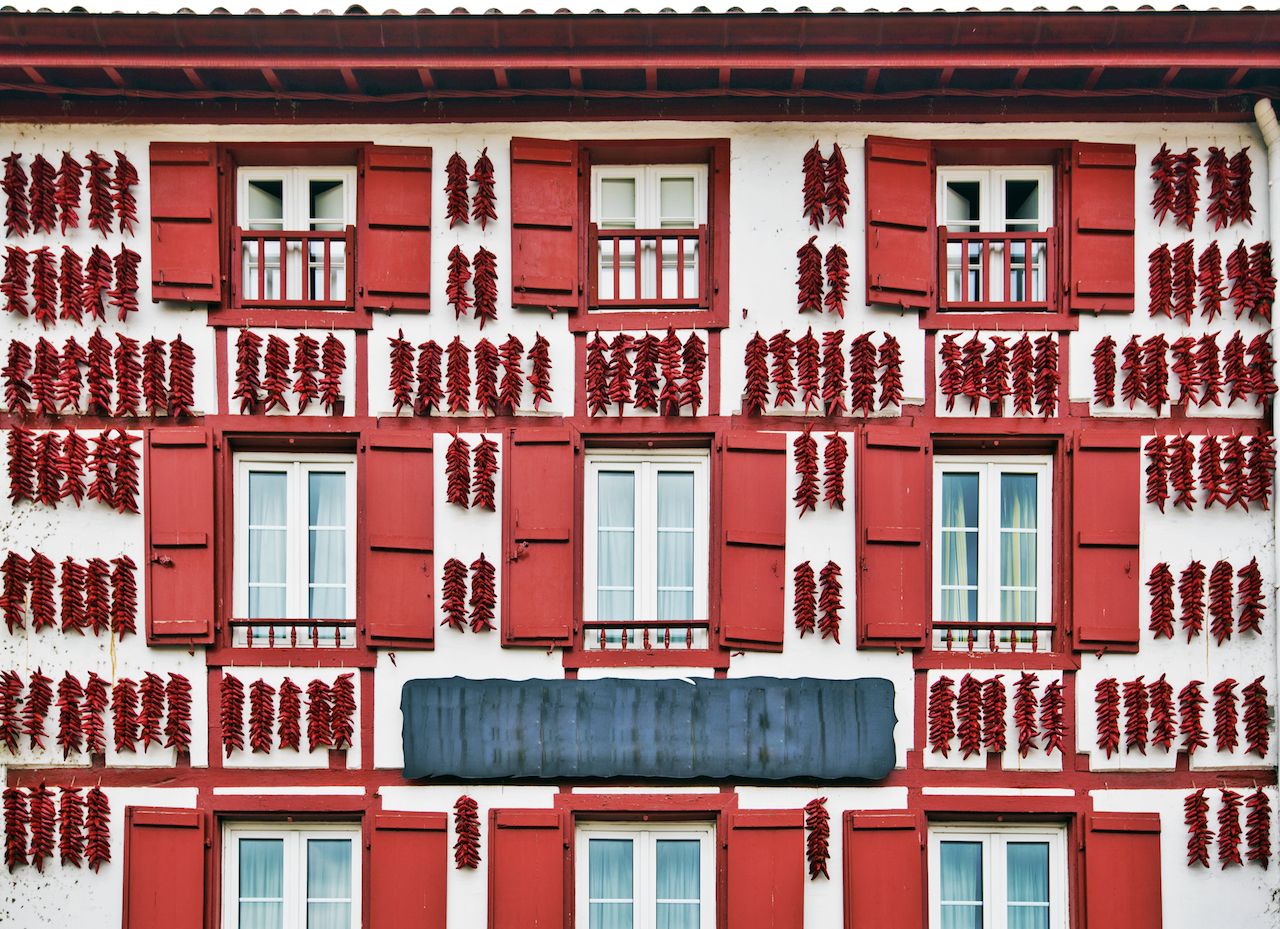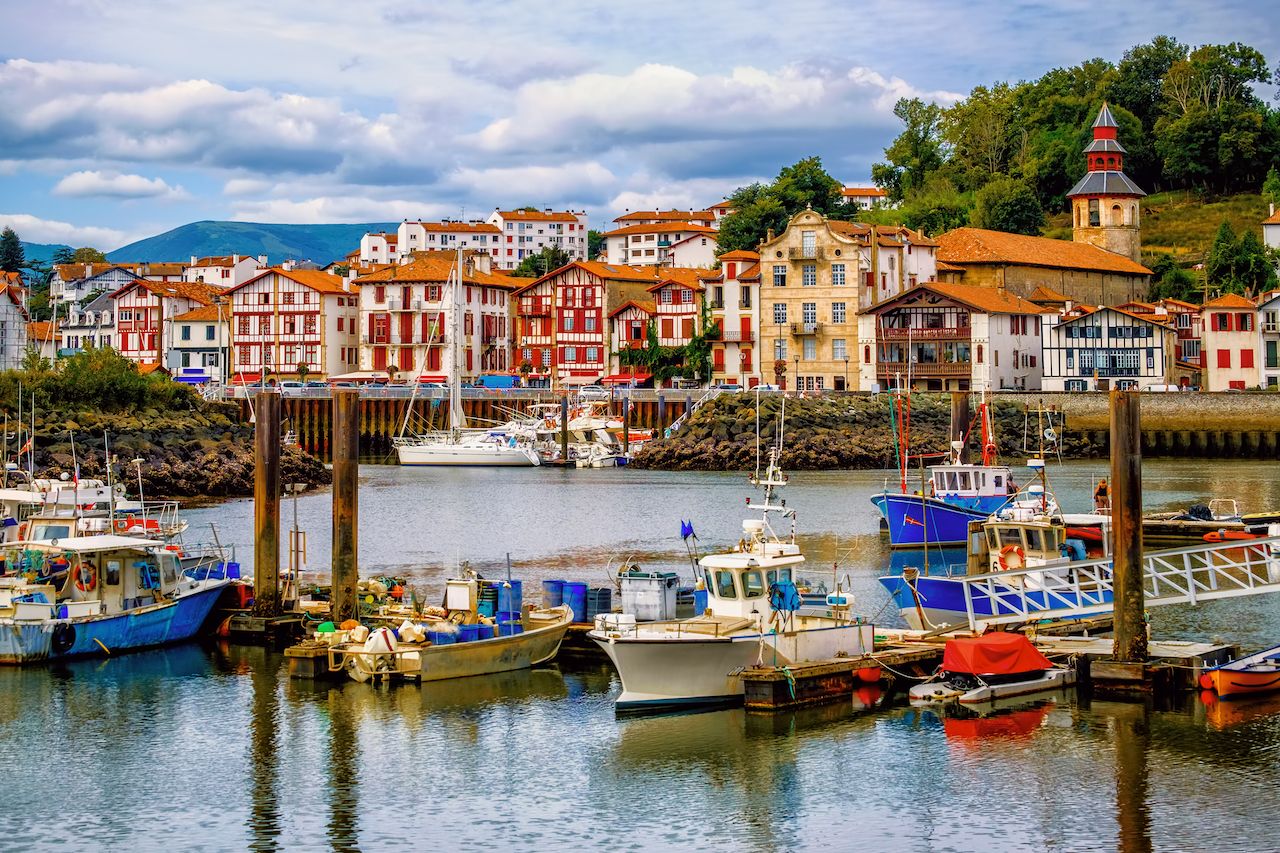While the Basque Country of Spain — with the bulls of Pamplona and the pintxo bars of San Sebastian — gets most of the attention, the oft-overlooked Basque Country of France, or Pays Basque as it’s known, has charms of its own. Beyond its rugged Atlantic coastline, postcard-pretty towns, and fascinating traditions, this region has its own unique scenery, food, and culture.
At once unashamedly French, it also shares more than a little in common with its rival Basque-Spanish neighbours. The combination makes for an identity unlike anywhere in either country, and nothing embodies the province’s character better than the range of experiences found only here. These are six you shouldn’t miss:
